Christo lifts the veil on a rarely-seen early work, plus what’s next for the artist
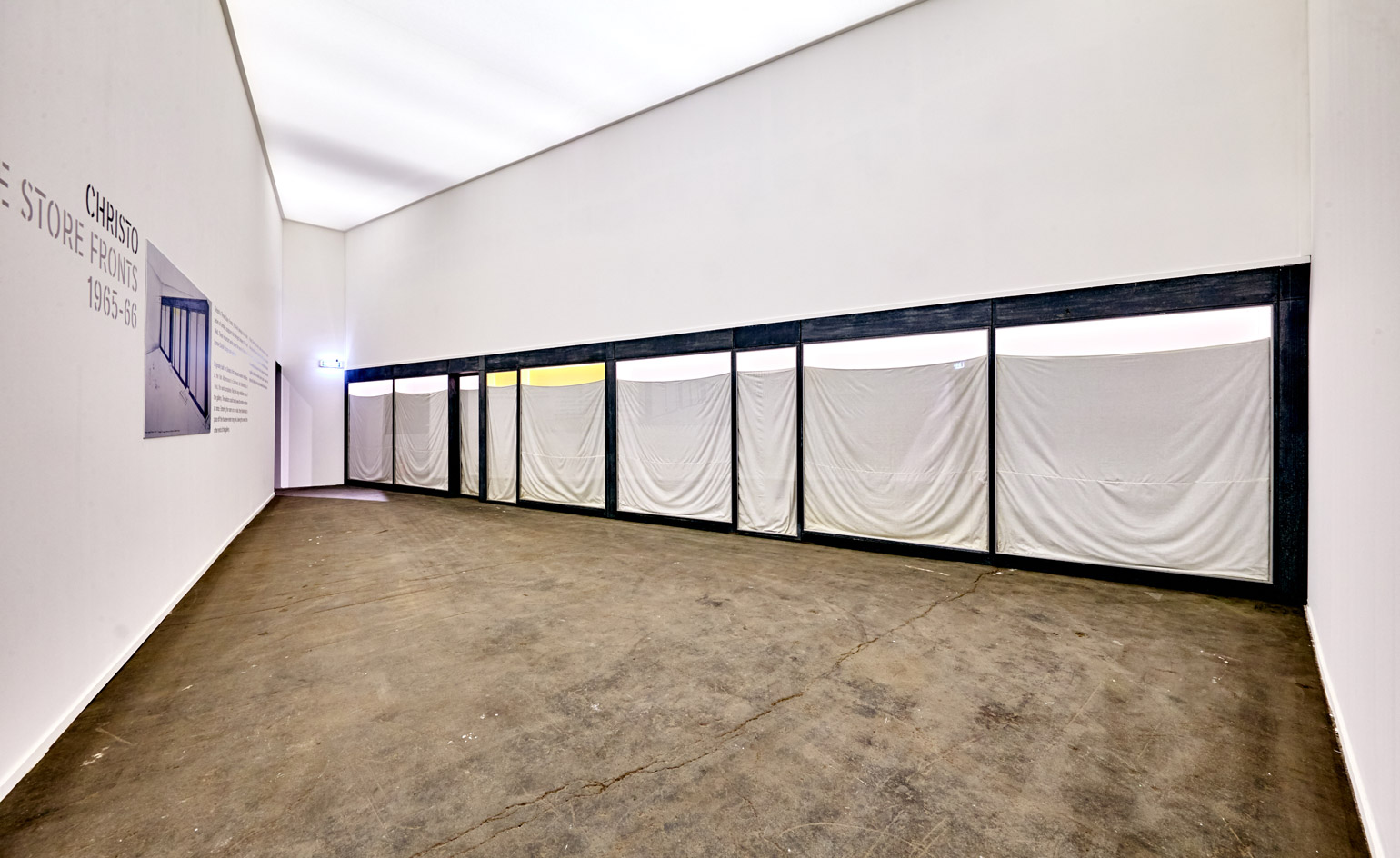
A little known work by Christo will be a highlight of this year’s BRAFA, which opens in Brussels tomorrow. Three Store Fronts is one of series of works created in the 1960s, inspired by shop fronts in Paris and New York. Made from architectural scrap and hung with drapes, it first went on show at the Van Abbemuseum in Eindhoven in 1965, and kick-started Christo’s career. Compared to the monumental and ambitious projects that have defined the artist’s career ever since, it is surprisingly modest.
‘I was very happy when BRAFA asked me to show this work; it has only ever been exhibited twice, and so few people have seen it,’ says Christo from his studio in New York’s Canal Street, where he has lived for the past 53 years. Like Show Cases and Store Fronts (additional works from the same period), it has been in his storage facility for years. ‘I am the biggest collector of my works,’ he says. ‘I use them as collateral to fund my large projects.’
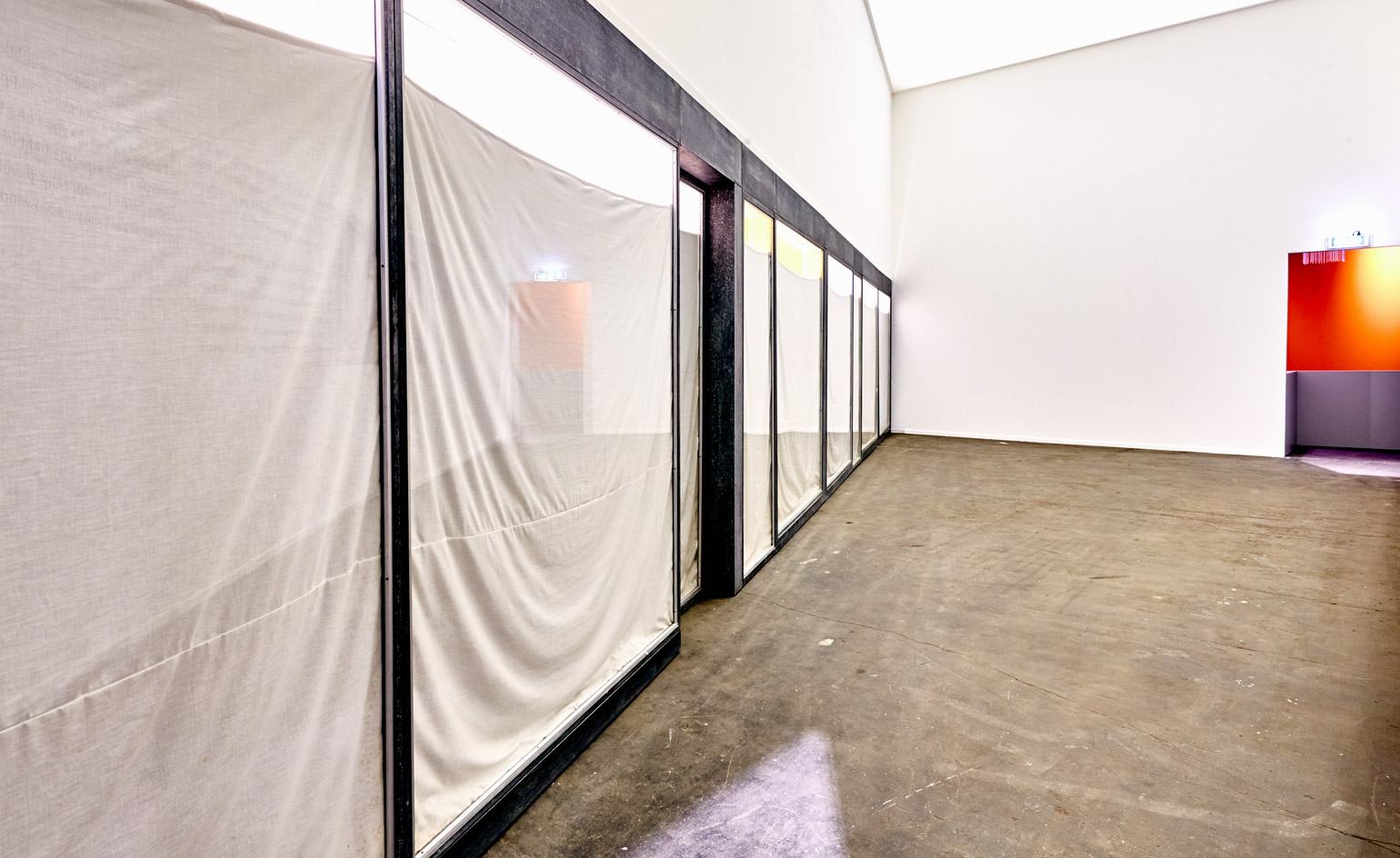
Installation view of Three Store Fronts, 1965-66, by Christo at BRAFA, Brussels. © A2pix / F Blaise, E Charneux
Over the decades, these have included creating a walkway across an Italian lake, (Floating Piers, 2016), hanging a curtain between two Colorado mountain slopes (Valley Curtain, 1972), installing 7,503 fabric panels in New York’s Central Park (The Gates, 2003) and perhaps, most famously, wrapping the Reichstag in Berlin in a silvery fabric (Wrapped Reichstag, 1995). So successful has the 82-year-old artist been at injecting buildings and landscapes with dramatic aesthetic interventions, each project drawing millions of visitors, that Christo is one of the world’s most celebrated living artists.
‘The most important, and difficult, part of any project is getting permissions. I’ve had more failures than successes; 23 projects have been realised, 37 turned down.’ His next work, The Mastaba, is a flat-topped pyramid made from barrels in the Abu Dhabi desert. It has been in the pipeline for 40 years.
‘In 1979 (my late wife) Jeanne-Claude and I went to Abu Dhabi, which was still a new country. We didn’t even know where it was! We found a site, which is in the middle of the Empty Quarter, populated by high dunes and white gazelles.’ Stretching to 150m high and 225m deep, The Mastaba will be the world’s largest sculpture and take three years to build.
‘We never know how to do a project when we start; we have to experience real winds, real water, real sunlight. These can’t be mimicked by computer,’ says Christo, who is still negotiating permissions. Will it happen? ‘I am not giving up,’ he claims, ‘but everything is more difficult now. The world is a different place.’
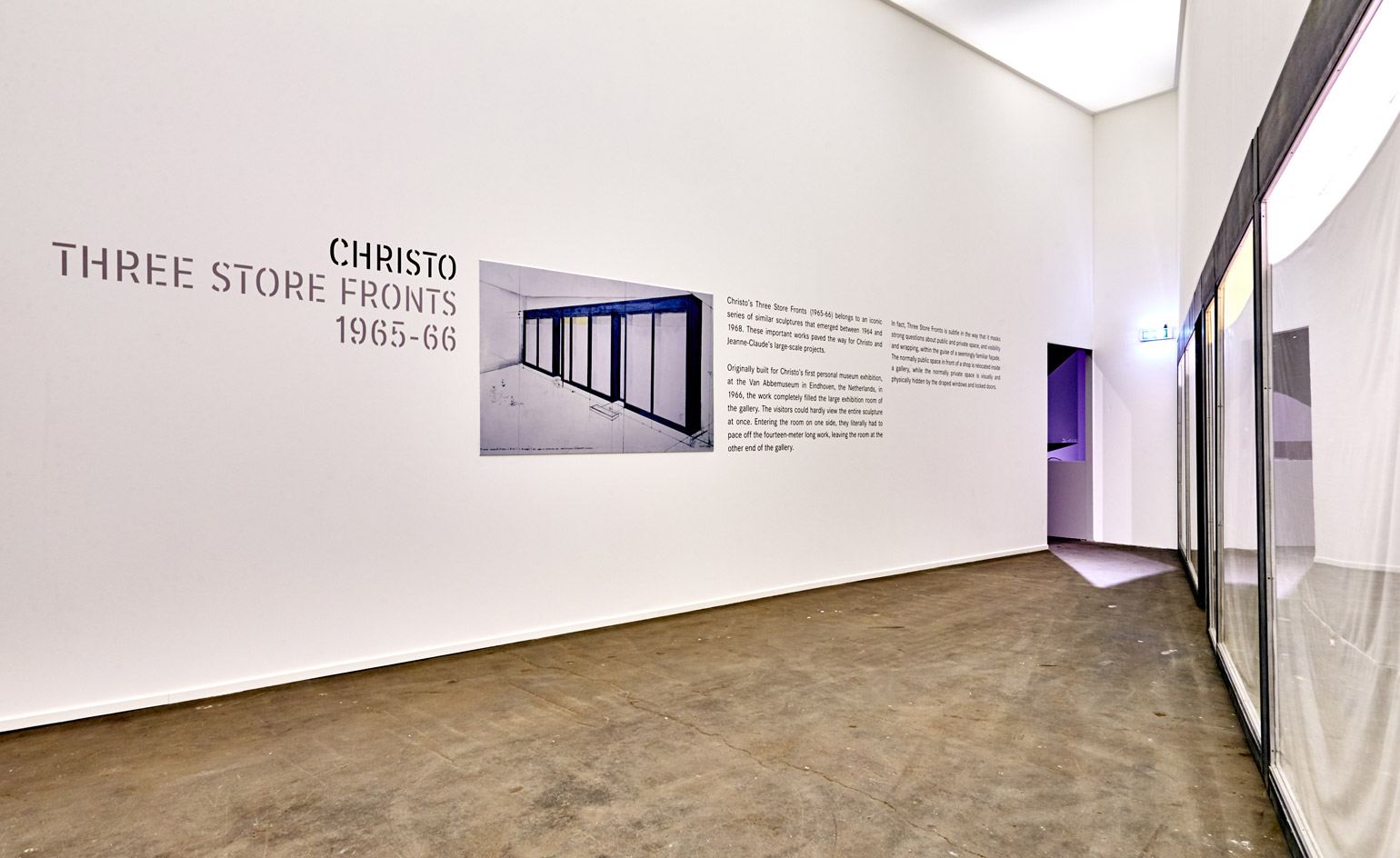
Installation view of Three Store Fronts,1965-66, by Christo at BRAFA, Brussels. © A2pix / F Blaise, E Charneux
INFORMATION
BRAFA runs from 26 January – 4 February. For more information, visit the BRAFA website and the Christo and Jeanne-Claude website
ADDRESS
Tour & Taxis
Avenue du Port 86C
1000 Brussels
Receive our daily digest of inspiration, escapism and design stories from around the world direct to your inbox.
Emma O'Kelly is a freelance journalist and author based in London. Her books include Sauna: The Power of Deep Heat and she is currently working on a UK guide to wild saunas, due to be published in 2025.
-
 ‘I want to bring anxiety to the surface': Shannon Cartier Lucy on her unsettling works
‘I want to bring anxiety to the surface': Shannon Cartier Lucy on her unsettling worksIn an exhibition at Soft Opening, London, Shannon Cartier Lucy revisits childhood memories
-
 What one writer learnt in 2025 through exploring the ‘intimate, familiar’ wardrobes of ten friends
What one writer learnt in 2025 through exploring the ‘intimate, familiar’ wardrobes of ten friendsInspired by artist Sophie Calle, Colleen Kelsey’s ‘Wearing It Out’ sees the writer ask ten friends to tell the stories behind their most precious garments – from a wedding dress ordered on a whim to a pair of Prada Mary Janes
-
 Year in review: 2025’s top ten cars chosen by transport editor Jonathan Bell
Year in review: 2025’s top ten cars chosen by transport editor Jonathan BellWhat were our chosen conveyances in 2025? These ten cars impressed, either through their look and feel, style, sophistication or all-round practicality
-
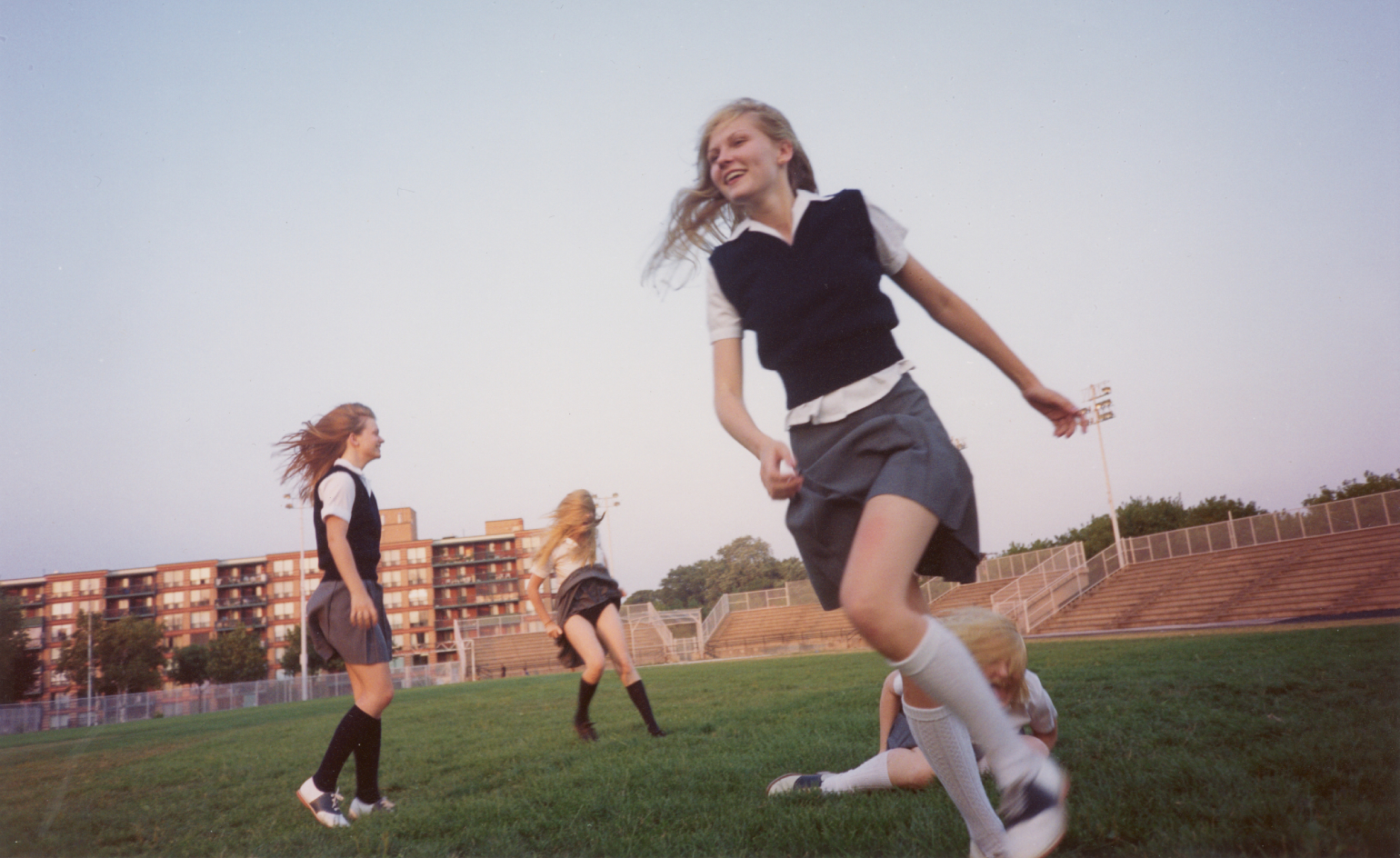 The cultural weight of girlhood is complex and beautiful at MoMu
The cultural weight of girlhood is complex and beautiful at MoMuA new Antwerp exhibition, ‘Girls. On Boredom, Rebellion and Being In-Between’, frames girlhood as both archetype and subversion, featuring works by Sofia Coppola, Louise Bourgeois, and more
-
 Rolf Sachs’ largest exhibition to date, ‘Be-rühren’, is a playful study of touch
Rolf Sachs’ largest exhibition to date, ‘Be-rühren’, is a playful study of touchA collection of over 150 of Rolf Sachs’ works speaks to his preoccupation with transforming everyday objects to create art that is sensory – both emotionally and physically
-
 Architect Erin Besler is reframing the American tradition of barn raising
Architect Erin Besler is reframing the American tradition of barn raisingAt Art Omi sculpture and architecture park, NY, Besler turns barn raising into an inclusive project that challenges conventional notions of architecture
-
 What is recycling good for, asks Mika Rottenberg at Hauser & Wirth Menorca
What is recycling good for, asks Mika Rottenberg at Hauser & Wirth MenorcaUS-based artist Mika Rottenberg rethinks the possibilities of rubbish in a colourful exhibition, spanning films, drawings and eerily anthropomorphic lamps
-
 San Francisco’s controversial monument, the Vaillancourt Fountain, could be facing demolition
San Francisco’s controversial monument, the Vaillancourt Fountain, could be facing demolitionThe brutalist fountain is conspicuously absent from renders showing a redeveloped Embarcadero Plaza and people are unhappy about it, including the structure’s 95-year-old designer
-
 See the fruits of Niki de Saint Phalle and Jean Tinguely's creative and romantic union at Hauser & Wirth Somerset
See the fruits of Niki de Saint Phalle and Jean Tinguely's creative and romantic union at Hauser & Wirth SomersetAn intimate exhibition at Hauser & Wirth Somerset explores three decades of a creative partnership
-
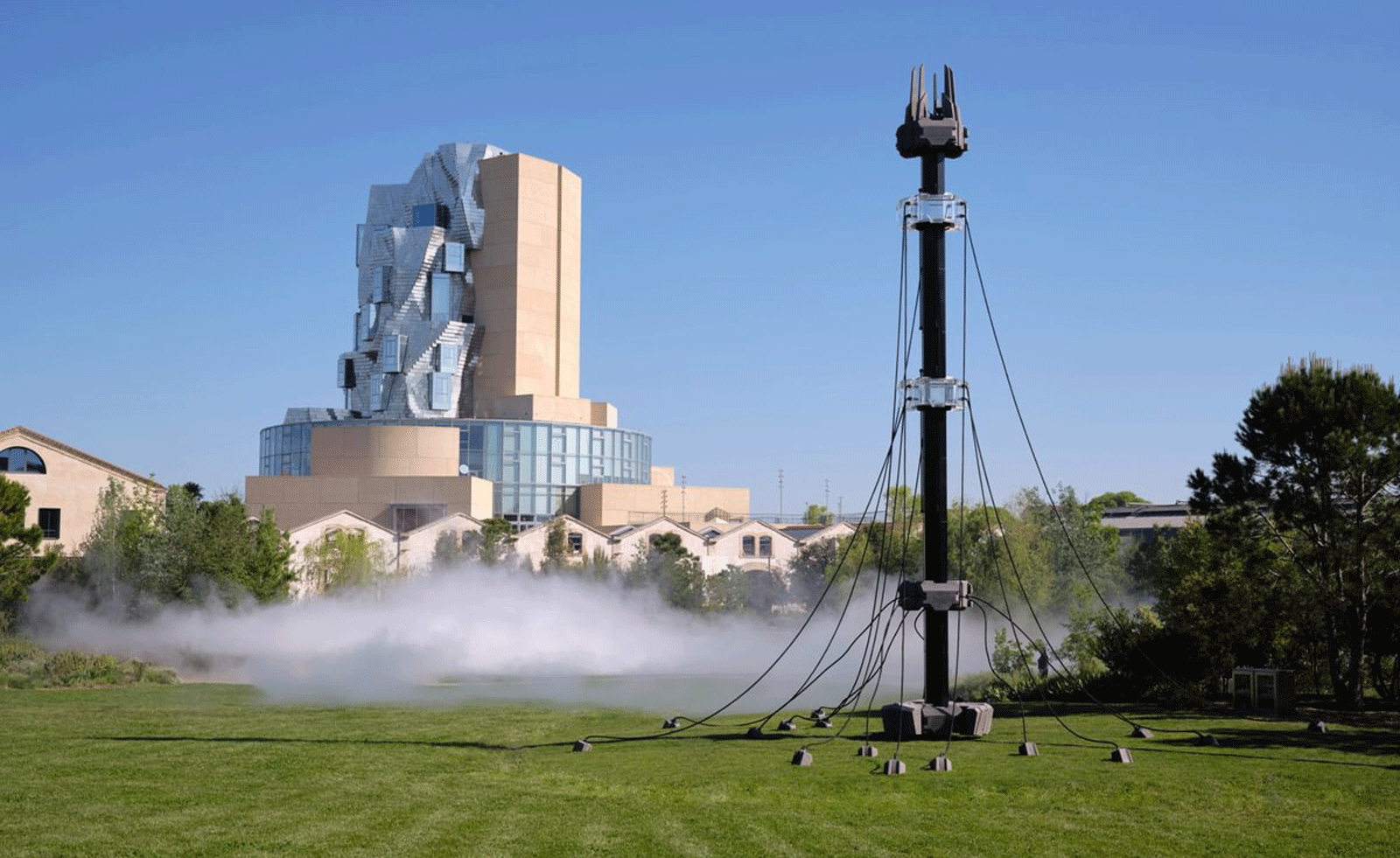 Technology, art and sculptures of fog: LUMA Arles kicks off the 2025/26 season
Technology, art and sculptures of fog: LUMA Arles kicks off the 2025/26 seasonThree different exhibitions at LUMA Arles, in France, delve into history in a celebration of all mediums; Amy Serafin went to explore
-
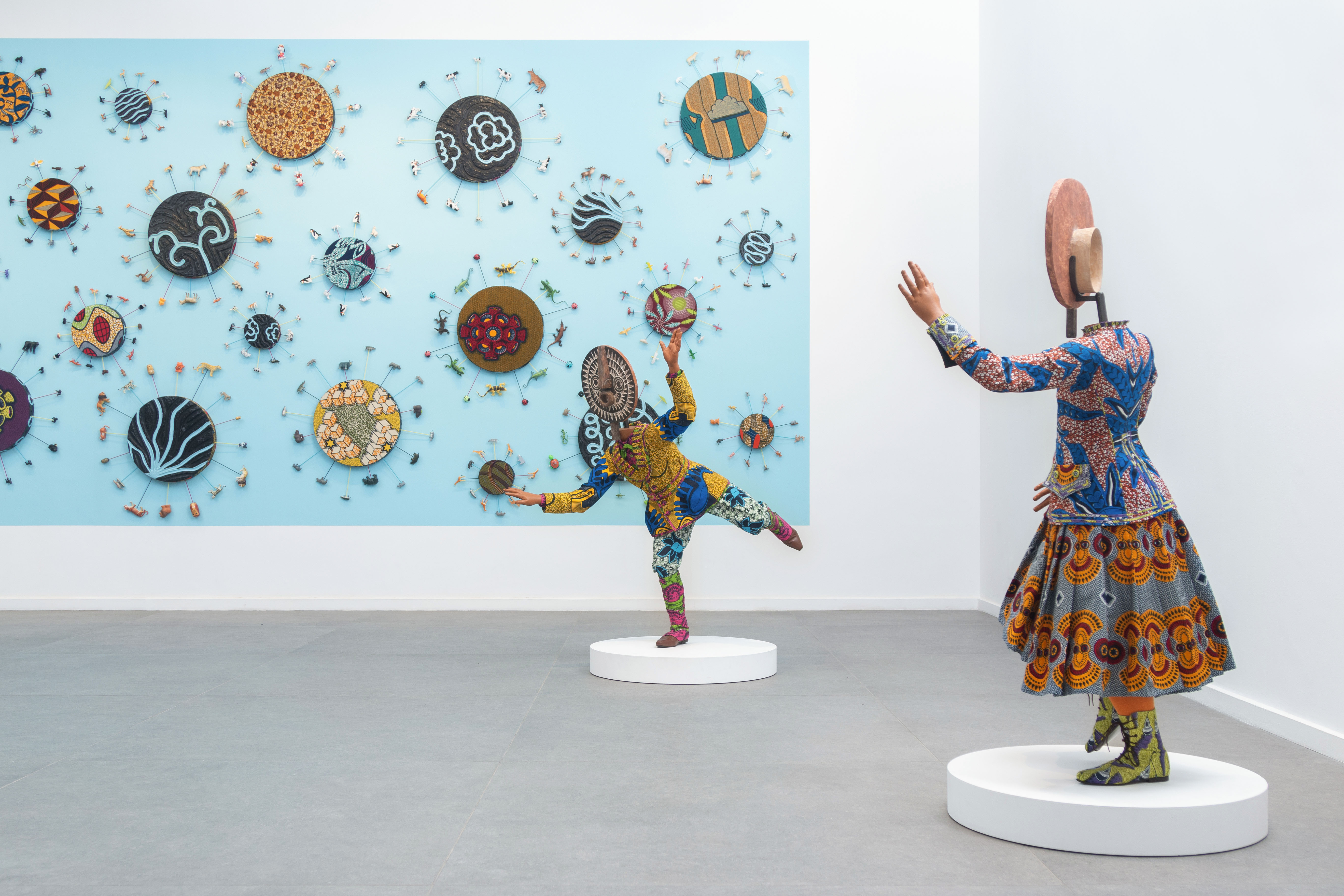 Inside Yinka Shonibare's first major show in Africa
Inside Yinka Shonibare's first major show in AfricaBritish-Nigerian artist Yinka Shonibare is showing 15 years of work, from quilts to sculptures, at Fondation H in Madagascar